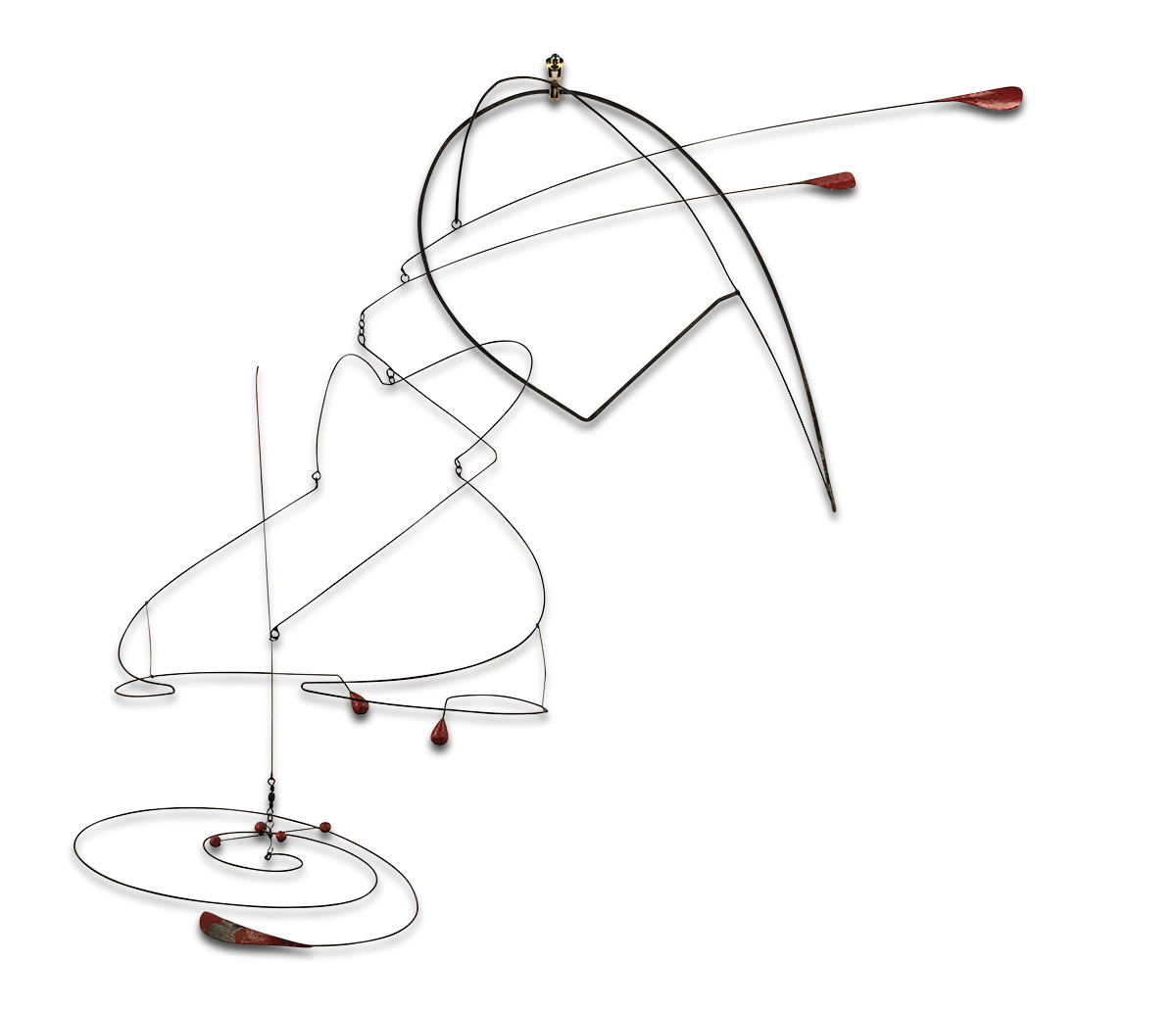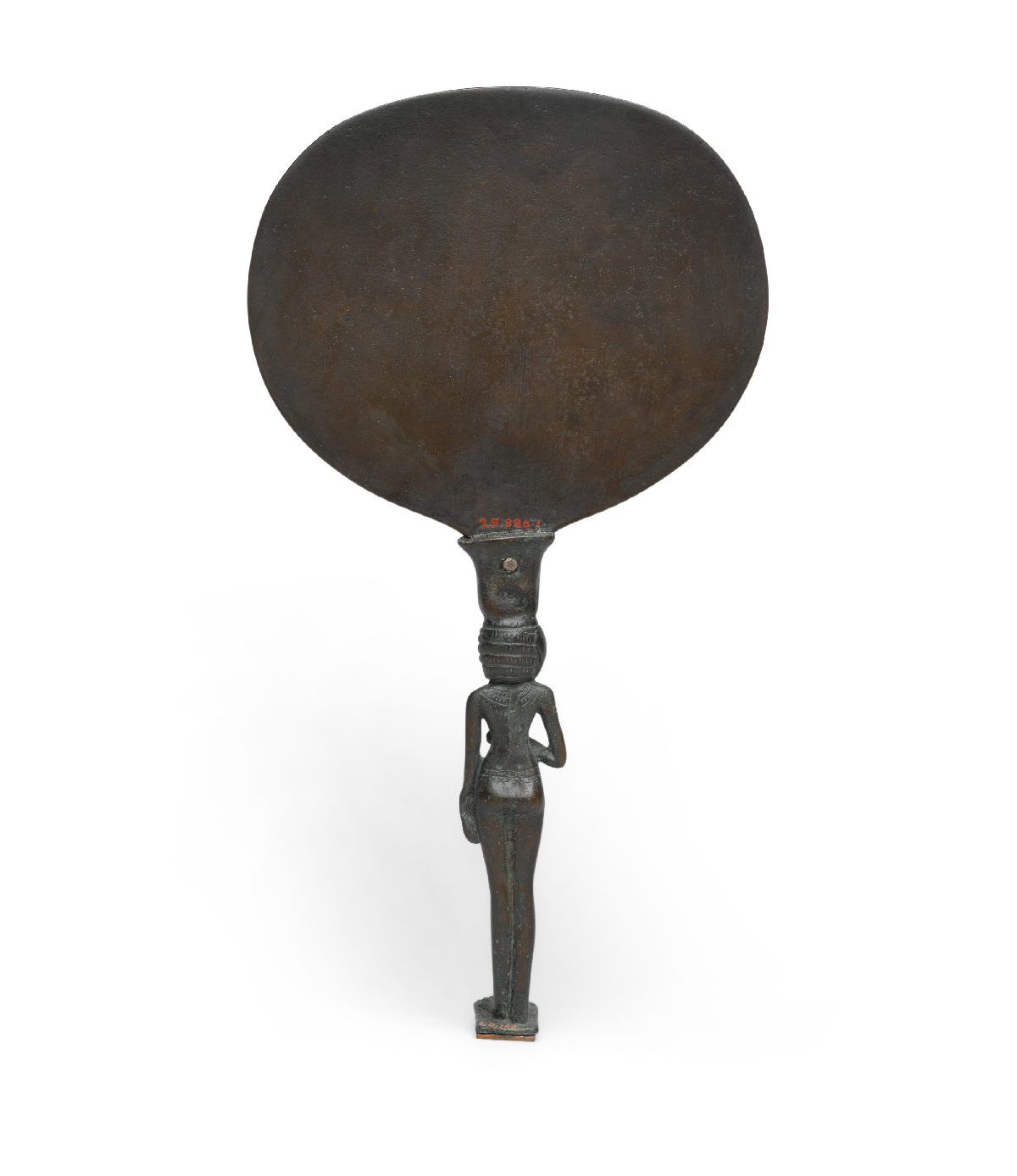Leapfrog Tablet Computer Prototype
Leapfrog Tablet Computer Prototype, 1992
Designed by Richard Sapper (1932–2015), Sam Lucente (b. 1958), and International Business Machines Corp. (IBM)
Manufactured by IBM
Plastic, acrylic, and metal, screen: 1 1/4 × 13 7/8 × 11 1/8 in. (3.2 × 35.2 × 28.3 cm); base: 2 1/4 × 13 3/4 × 10 7/8 in. (5.7 × 34.9 × 27.6 cm); stylus: 5 1/8 × 3/8 × 1/2 in. (13 × 1 × 1.3 cm)
Cooper Hewitt, Smithsonian National Design Museum, New York City, gift of IBM, 2018-5-1-a/c
Although its designers never intended for it to be commercialized as a consumer product, the IBM Leapfrog mobile computing tablet presaged the modern possibilities of portable computing. It served as a functional prototype for IBM’s strategic design department, envisioned as a “concept computer” for testing ideas, particularly those around human-computer interaction. The conservation of computing devices, not to mention prototypes, introduces unique technical and philosophical challenges. The Leapfrog is a complex combination of hardware and software components housed in a plastic shell, run on the Windows 3.1 operating system. Where do the work-defining properties of the Leapfrog lie and how can they be sustained? Do the goals of preserving its material qualities contradict those that perpetuate its interactivity? Can the functionality of the prototype be re-created for display using emulated software and a replicated interface?
Read More
Prototypes and Preservation: The IBM Leapfrog
Sarah Barack
See other items in Who Acts on Matter, and When, and Why?








